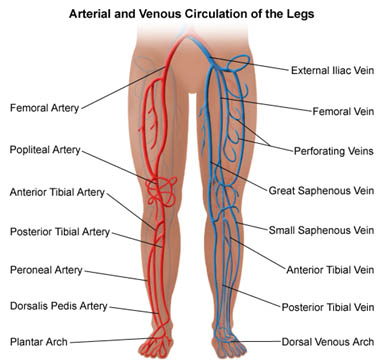
laparoscopy and laser Centre

laparoscopy and laser Centre
Varicose veins are dilated, tortuous, elongated veins that is close to the skin's surface (superficial) .The blood moves towards the heart by one-way valves in the veins. When the valves become weakened or damaged, blood can collect in the veins. This causes the veins to become enlarged. Sitting or standing for long periods can cause blood to pool in the leg veins, increasing the pressure within the veins. The veins can stretch from the increased pressure. This may weaken the walls of the veins and damage the valves.


Varicose veins may be more common in some families (inherited). Increased pressure in the veins may cause varicose veins. Factors that may increase pressure include:
varicose veins can cause aching pain and discomfort. Sometimes varicose veins lead to more-serious problems.spider veins are a common& mild variation of varicose veins — are more of cosmetic concern.
Spider veins are similar to varicose veins, but they're smaller. Spider veins are found closer to the skin's surface and are often red or blue. They vary in size and often look like a spider's web.
Your health care provider will do a physical exam, including looking at your legs while you're standing to check for swelling. Your provider might also ask you to describe pain and aching in your legs.
In addition to a complete medical history and physical exam, diagnostic procedures for varicose veins may include:
Duplex ultrasound. A type of vascular ultrasound done to check blood flow and the structure of the leg veins. Duplex means two types of ultrasound are used.
Medical treatment may not be necessary if there are no symptoms. However, varicose veins may sometimes worsen without treatment.
Varicose veins are usually not serious. But, complications may happen. They include:
Steps to prevent varicose veins include:
LAPSER is the best hospital for laser varicose veins treatment (EVLT) in Chennai. We use neo-v laser, one of the most advanced lasers in world. with this cutting-edge technology and precision skills we can deliver a better outcome for our patients. It is best to consult with our qualified surgeon who can evaluate your specific condition and recommend the most appropriate surgery options.